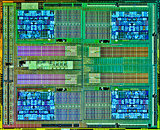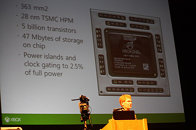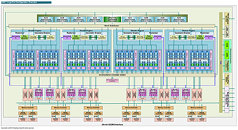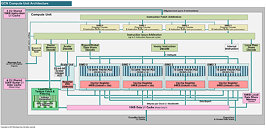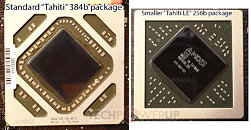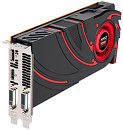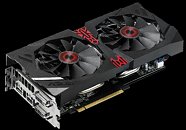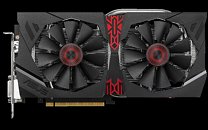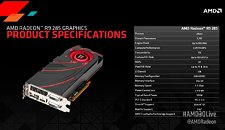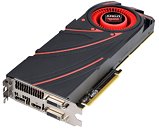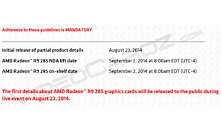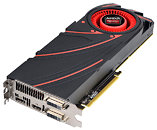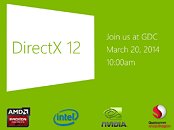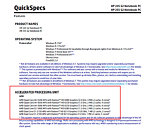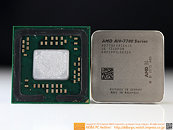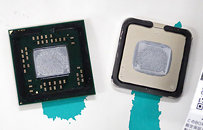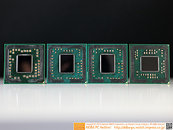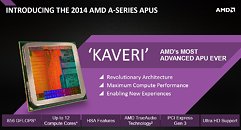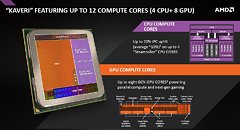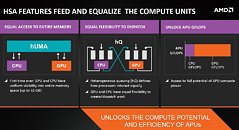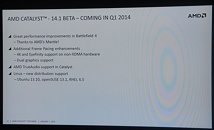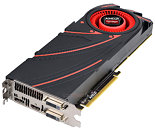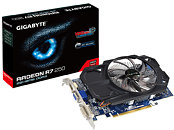
AMD to Launch New GPUs and APUs Only After March: CEO
In its an investor conference-call following its Q4-2014 and FY-2014 results, AMD stated that it will release new GPU and APU products starting Q2-2015, or only after March. "Going into the second quarter and the second half of the year with our new product launches, I think we feel very good about where we are positioned there," said Lisa Su, chief executive officer.
Q2-2015 will start off with the company's "Carrizo" line of all-in-one and notebook APUs. These chips will integrate the company's new "Excavator" CPU cores, with an integrated graphics core based on Graphics CoreNext 1.2 architecture (the same one AMD built its "Tonga" GPU on). Around the same time, AMD will launch new Opteron "Seattle" enterprise CPUs, which integrate up to eight ARM Cortex A-57 64-bit cores, targeting the ultra-dense server market. In Q2-2015, AMD will launch its latest Radeon Rx 300 series graphics processors. Its performance-segment part, the R9 380, will feature 4,096 GCN 1.2 cores, double that of its predecessor, and 4 GB of stacked HBM (high-bandwidth memory). Its mid-range chip, codenamed "Trinidad" will succeed "Curacao," and offer performance competitive to the $200-ish price-point.
Q2-2015 will start off with the company's "Carrizo" line of all-in-one and notebook APUs. These chips will integrate the company's new "Excavator" CPU cores, with an integrated graphics core based on Graphics CoreNext 1.2 architecture (the same one AMD built its "Tonga" GPU on). Around the same time, AMD will launch new Opteron "Seattle" enterprise CPUs, which integrate up to eight ARM Cortex A-57 64-bit cores, targeting the ultra-dense server market. In Q2-2015, AMD will launch its latest Radeon Rx 300 series graphics processors. Its performance-segment part, the R9 380, will feature 4,096 GCN 1.2 cores, double that of its predecessor, and 4 GB of stacked HBM (high-bandwidth memory). Its mid-range chip, codenamed "Trinidad" will succeed "Curacao," and offer performance competitive to the $200-ish price-point.

